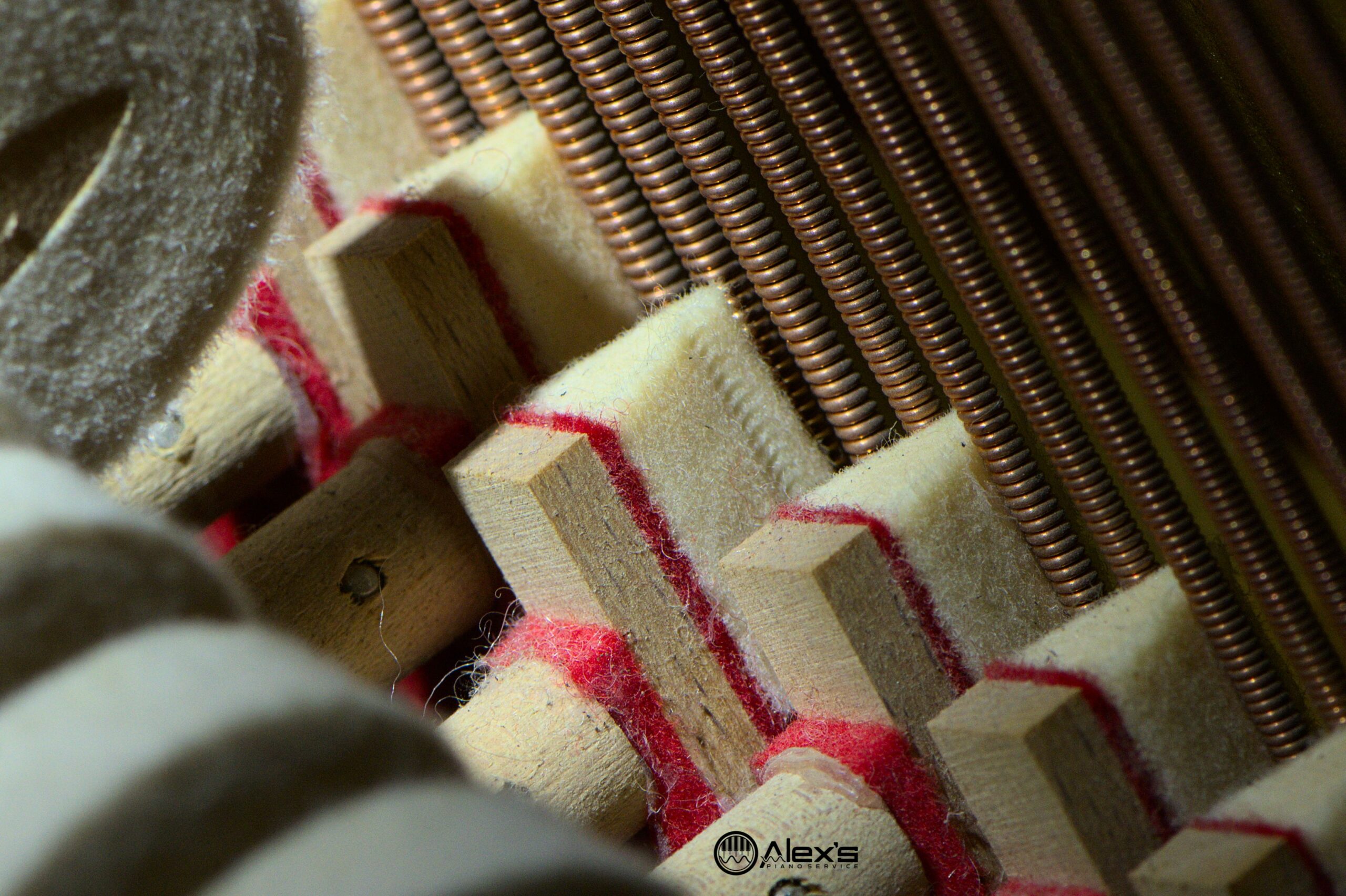Understanding Piano Tuning: Why, How Often, and What It Costs
Why do pianos need to be tuned? Piano tuning is the first step in good piano maintenance. Pianos go out of tune as humidity changes. Here in Maine (and New England in general), indoor humidity is highly unpredictable: Constant small fluctuations in humidity mean your piano can go out of tune even more quickly than … Read more
